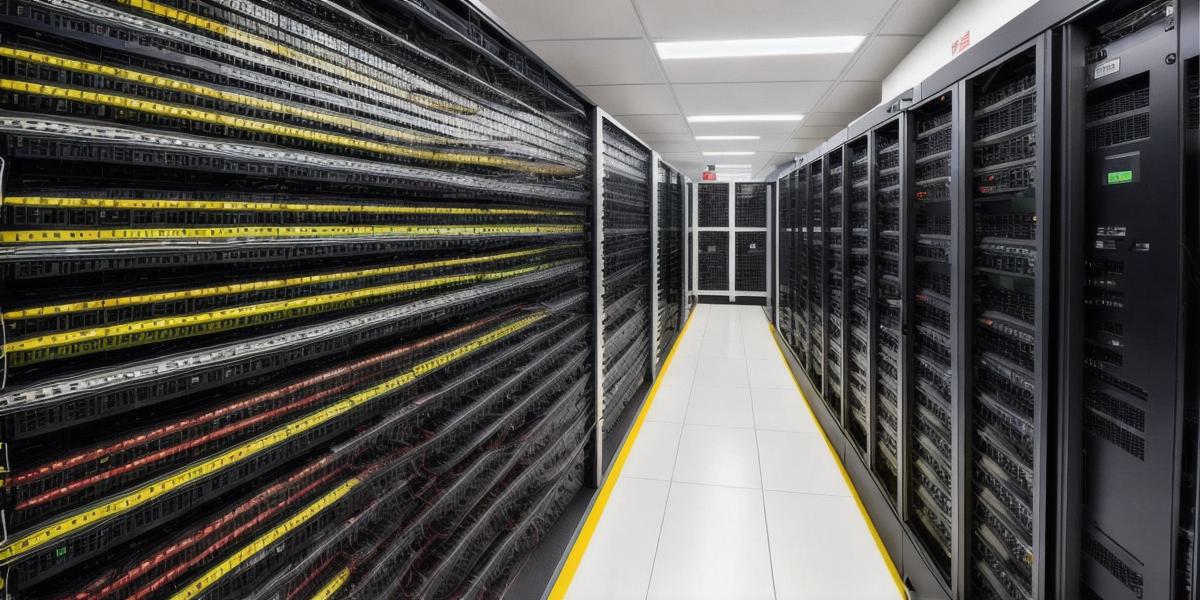The Ultimate Guide to RAM Requirements for a Dedicated Server: What You Need to Know

Introduction:
Dedicated servers are designed to provide high-performance and reliability to businesses of all sizes. One of the most important components of a dedicated server is RAM (Random Access Memory). In this guide, we will explore everything you need to know about RAM requirements for a dedicated server and how to choose the right amount of RAM for your needs.
What is RAM?
RAM is a type of computer memory that stores data temporarily while the computer is running. It allows the computer to access the data quickly, which helps to improve performance.
Why is RAM important for a dedicated server?
A dedicated server typically runs multiple applications simultaneously, each requiring its own resources. RAM plays a crucial role in ensuring that these applications have enough memory to run smoothly and efficiently. Without enough RAM, your server may experience slow performance or even crashes.
How much RAM do I need for my dedicated server?
The amount of RAM needed for a dedicated server depends on several factors, including the number of applications you plan to run, the complexity of those applications, and the expected traffic volume. As a general rule of thumb, most dedicated servers come with at least 8GB of RAM, but this can vary depending on the hardware and configuration.
When choosing the right amount of RAM for your server, it is important to consider the following:
- Application requirements: Different applications require different amounts of memory. For example, a web application that uses a lot of images and videos may require more RAM than an application that primarily uses text-based content.
- Traffic volume: The amount of traffic your server expects can also impact the amount of RAM needed. If your server is expected to handle a large number of users simultaneously, you may need more RAM to ensure smooth performance.
- Configuration: The way your server is configured can also affect the amount of RAM needed. For example, using virtualization technology may require more RAM than a dedicated physical server.
Case Study:
Let’s take the example of a web development company that expects to launch a new website with heavy video content and high traffic volume. They would need at least 16GB of RAM for their dedicated server to ensure smooth performance and avoid downtime. This amount of RAM would allow them to run multiple applications simultaneously, store data in memory, and handle the expected traffic volume without any issues.
Conclusion:
Choosing the right amount of RAM for your dedicated server is critical to ensuring optimal performance and reliability. By considering application requirements, traffic volume, and configuration, you can choose the right amount of RAM that will meet your needs and help your business grow.
FAQs:
- What happens if I don’t have enough RAM on my dedicated server?
If you don’t have enough RAM on your dedicated server, it may experience slow performance, crashes, or even data loss in extreme cases. - Can I add more RAM to my existing dedicated server?
Yes, you can add more RAM to an existing dedicated server if needed. However, this may require additional hardware and configuration changes. - What is the difference between RAM and hard drive space?
RAM is temporary memory that stores data while a computer is running, whereas hard drive space is permanent storage for data that is not currently in use.








